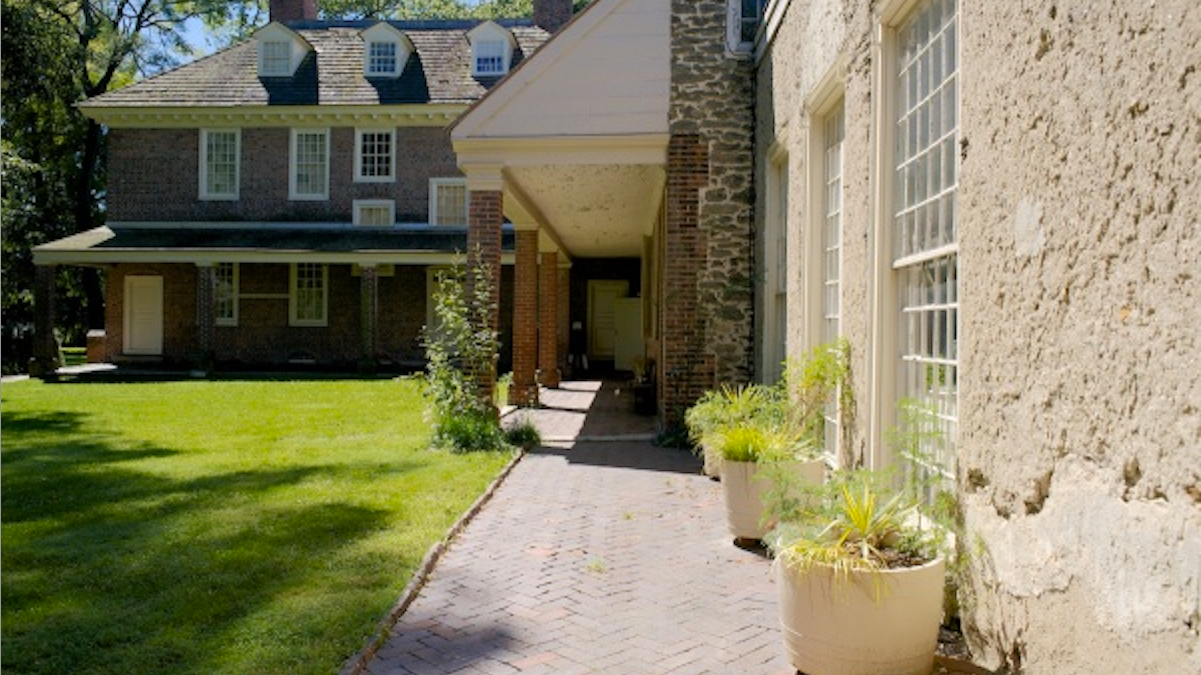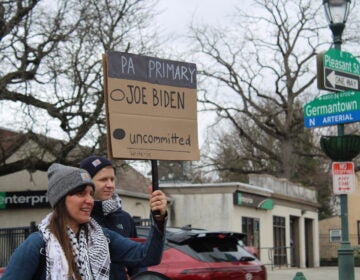Stenton hosts three-day conference focused on James Logan, early Pa. culture

Starting today, Stenton will host the three-day 'James Logan and the Networks of Atlantic Culture and Politics: 1699-1751' conference. (Bas Slabbers/for NewsWorks)
Stenton, the country mansion built in 1730 by James Logan, will host a three-day international interdisciplinary conference reconsidering early Pennsylvania culture in an Atlantic World context.
“James Logan and the Networks of Atlantic Culture and Politics: 1699-1751” is the first conference of its kind to focus exclusively on Logan.
Organized in collaboration with the McNeil Center for Early American Studies at the University of Pennsylvania, the Library Company of Philadelphia and the Historical Society of Pennsylvania, it starts today and runs through Saturday at Stenton, which is located at 4600 N. 16th St.
While the conference is free and open to the public, nearly 150 people have already RSVP’d, placing the historic house near its event capacity.
Logan and Stenton
Dennis Pickeral, Stenton’s director, explained that the conference is “for the very first time taking a look at a figure who is basically forgotten.”
Pickeral cited a tendency to neglect Logan in favor of focusing on William Penn and Benjamin Franklin.
Pickeral noted that Logan — he served as Penn’s personal secretary (when he arrived in 1699), trustee of the University of Pennsylvania, mentor to Benjamin Franklin and mayor of Philadelphia — “is just as important as either of them and a key figure between them.”
Stenton, built by Logan and completed in 1730, was a large colonial estate situated on 511 acres comprising the house and its grounds as well as two tenant farms and a mill.
The Logan family, its slaves, indentured and hired servants, and tenant farmers were among those who called it home.
“[It is] probably one of the best preserved examples of [the gentleman merchant] style of house in the region,” said curator Laura Keim of the site’s importance for contemporary historians.
On-site exhibition
“Stenton Reassembled: A Reunion of James Logan’s Furnishings,” a year-long loan exhibition, will debut during the conference, as well.
The exhibition brings together an “extraordinary group of Logan objects from both private and museum collections, most of which have never been exhibited at Stenton.”
It includes furniture, textiles, household objects and paintings, as well as items from Logan’s personal library of nearly 3,000 volumes, “one of the largest and perhaps the most scholarly of Colonial North American libraries,” according to Stenton officials.
Keim said that she is looking forward to a spring season featuring programs focused around some of objects brought together for the exhibition.
One of Philadelphia’s oldest survivng houses, Stenton is situated in Stenton Park, which sits at the boundaries of Germantown, Nicetown and Logan, four blocks east of Wayne Junction.
For more information, call (215) 329-7312.
WHYY is your source for fact-based, in-depth journalism and information. As a nonprofit organization, we rely on financial support from readers like you. Please give today.




